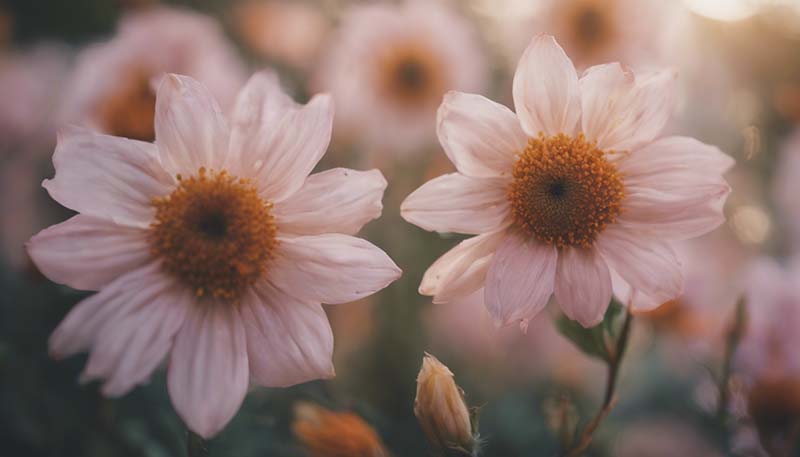Seasonal Flower Photography: Post-Processing Tips and Tricks
Photography and Inspiration | 2024-07-25
Seasonal Flower Photography: Post-Processing Tips and Tricks
Seasonal flower photography is a popular genre that captures the beauty and diversity of flowers throughout the year. Post-processing plays a crucial role in enhancing the colors, details, and overall appeal of these images. In this article, we'll explore various post-processing techniques to help you bring out the best in your seasonal flower photos.
Understanding Your Image
Before diving into post-processing, it's essential to understand your image's composition, lighting, and overall mood. Spend some time analyzing the photo and identifying areas that need improvement or enhancement.
Basic Adjustments
Crop and Straighten
Start by cropping your image to improve the composition and remove any unwanted elements. Use the rule of thirds to position the main subject in a visually pleasing way. If necessary, straighten the image to ensure it's level.
Exposure and Contrast
Adjust the exposure to correct any under or overexposure issues. Increase the contrast to make the colors and details stand out more. Be careful not to overdo it, as too much contrast can lead to a loss of detail in the highlights and shadows.
Advertisement
White Balance
Fine-tune the white balance to ensure accurate and natural-looking colors. You can use the eyedropper tool to sample a neutral area in the image or manually adjust the temperature and tint sliders.
Advanced Adjustments
Color Grading
Color grading is a powerful technique for enhancing the colors in your image. Adjust the hue, saturation, and luminance of individual colors to create a harmonious and visually appealing color palette. For example, you can increase the saturation of the flower colors while reducing the saturation of the background to make the flowers stand out more.
Selective Editing
Use selective editing techniques, such as dodging and burning, to enhance specific areas of your image. For example, you can dodge the highlights on the petals to increase their brightness and clarity, or burn the background to darken it and make the flower stand out more.
Sharpening and Noise Reduction
Sharpen your image to bring out the details and textures in the petals and other elements. Be careful not to over-sharpen, as this can introduce unwanted artifacts and noise. If your image has visible noise, use a noise reduction tool to smooth it out while preserving the details.
Creative Techniques
Black and White Conversion
Converting your image to black and white can create a striking and timeless look. Use the black and white conversion tools to adjust the intensity of the different colors, such as reds, greens, and blues, to control how they are translated into the black and white image.
Vignetting
Add a subtle vignette to draw attention to the center of the image and create a more dramatic and professional look. Be careful not to make the vignette too dark or heavy, as this can be distracting.
Texture Overlays
Experiment with texture overlays to add a unique and artistic touch to your image. You can use textures such as grunge, paper, or watercolor to create different effects and moods. Blend the texture layer with the original image using blending modes and opacity adjustments.
Workflow Efficiency
Develop a consistent post-processing workflow to save time and ensure a consistent look and feel across your images. Start with basic adjustments, move on to advanced adjustments, and finish with creative techniques. Use presets and actions to automate repetitive tasks and speed up your workflow.

Conclusion
Seasonal flower photography offers endless opportunities for creativity and self-expression. By mastering post-processing techniques and developing an efficient workflow, you can bring out the best in your images and create stunning and memorable photos that capture the beauty and diversity of flowers throughout the year.
Remember to experiment with different techniques and styles to find what works best for you and your vision. And most importantly, have fun and enjoy the process!
Comments